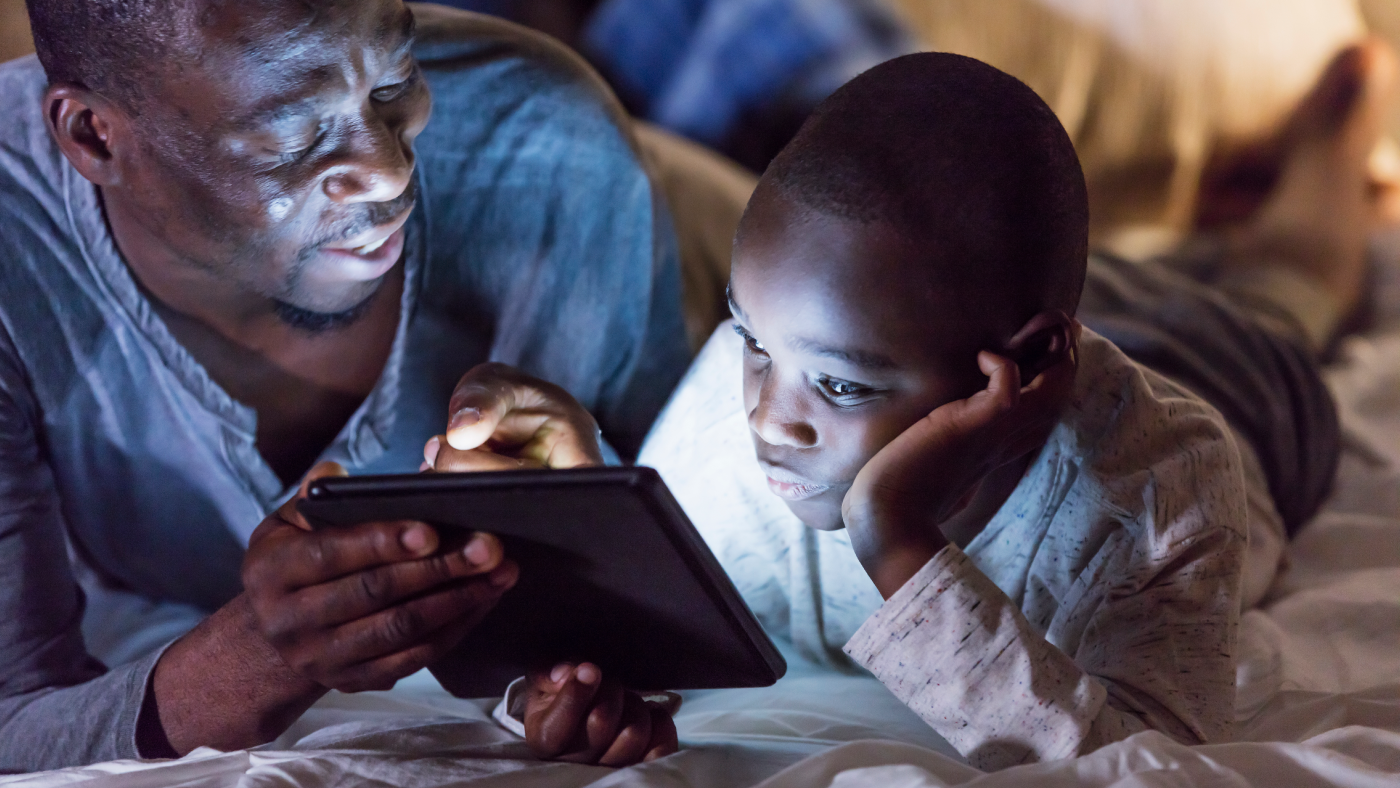E-book Reading Jumps; Print Book Reading Declines
23% of Americans ages 16 and older read an e-book in the past year, up from 16% the year before. The share who read a print book declined to 67%, from 72%.
23% of Americans ages 16 and older read an e-book in the past year, up from 16% the year before. The share who read a print book declined to 67%, from 72%.
Residents of urban, suburban, and rural areas vary in their purposes for reading, their use of digital content, their engagement with public libraries, and where they turn for book recommendations
Gun control was an immediate focus of the conversation on social media and in the opinion pages of newspapers following the shooting at Connecticut’s Sandy Hook Elementary School, according to a special PEJ report. How does the response to this tragedy compare with other shootings? How did coverage in opinion pieces differ than the social media conversation? The report offers answers.
A snapshot of the reading and library habits within the different types of communities studied.
About two-thirds of social networkers in 20 countries say they use the sites to share views about music and movies.
85% of American adults have a cell phone, yet just 9% have signed up for health alerts via text. What is the potential for this type of intervention?
Social networking has spread around the world with remarkable speed, and large numbers in many nations are posting their views about pop culture online, while community issues, sports and politics are also popular topics. Meanwhile, as cell phones have become nearly ubiquitous, people are using them in a variety of ways, including texting and taking pictures, and many smart phone users also access job, consumer and political information.
Younger Americans demonstrate much stronger news habits in the mobile realm than on other news platforms, according to a new study by PEJ in collaboration with The Economist Group. Another finding, with potentially significant implications for the news industry, reveals that younger users are more responsive than other age groups to advertisements in the mobile news space. What other demographics affect mobile news habits?
Susannah Fox provided an overview of the Pew Internet Project's health and mobile adoption research, particularly as it relates to HIV/AIDS prevention efforts.
PEJ and The Economist Group have announced the results from their Future of Mobile News Infographic challenge, hosted by Visual.ly. Three designs, as well as a student entry, stood out among a number of strong submissions. See the featured infographics on our site and learn more about them.

Roughly four-in-ten Americans have experienced online harassment. Growing shares face more severe online abuse such as sexual harassment or stalking.
Two-thirds of parents in the U.S. say parenting is harder today than it was 20 years ago, with many citing technologies, like social media or smartphones, as a reason.
From distractions to jealousy, how Americans navigate cellphones and social media in their romantic relationships.
Majorities of U.S. adults believe their personal data is less secure now, that data collection poses more risks than benefits, and that it is not possible to go through daily life without being tracked.



